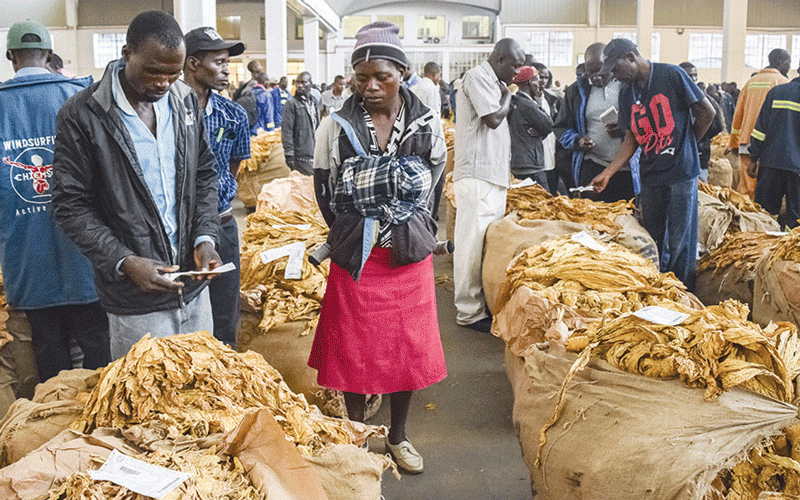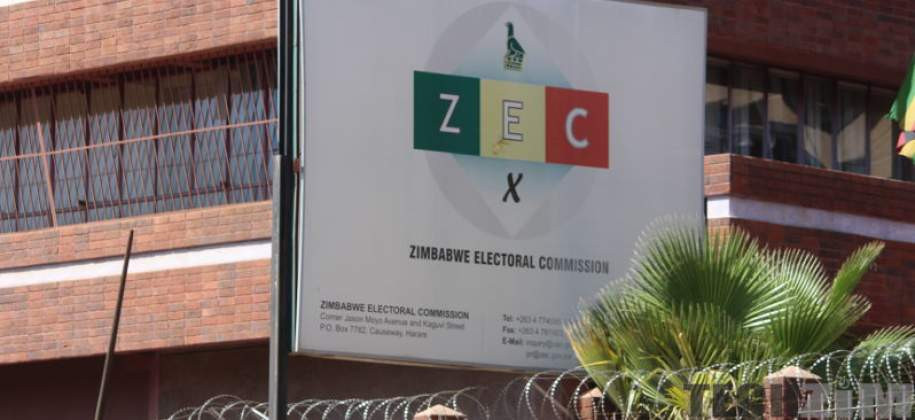
At the start of 2025, authorities projected economic growth of 6%, up from 2% in 2024. This optimistic outlook was anchored on a 12,8% rebound in agriculture, a 10,6% surge in electricity generation, 9,9% growth in the information technology sector, and a 5,6% rise in mining.
To support this growth, the Reserve Bank of Zimbabwe (RBZ) increased the foreign currency surrender requirement for exporters from 25% to 30%.
Bank balances of US$100 or less held in ZiG were exempted from monthly fees. In a further push to formalise financial transactions, point-of-sale (POS) purchases below US$5 (ZiG equivalent) were exempted from transaction fees.
The RBZ also signalled its intent to clamp down on the misuse of safe deposit boxes, warning individuals and businesses against by-passing formal financial systems — a move aimed at increasing United States dollar deposits for financial intermediation.
The Treasury also reduced the Capital Gains Withholding Tax (CGWT) from 2% to 1%, following an earlier cut from 4% to 2% in July 2024. The objective was to improve the appeal of marketable securities and inject liquidity into capital markets.
With the first half of the year now behind us, a review of both progress and persisting challenges is vital.
The agriculture sector has staged a remarkable comeback, bouncing back from the El Niño-induced downturn of 2024 to benefit from more favourable conditions in 2025. The rebound was anchored by strong performance in tobacco and maize. Tobacco output hit a record high of over 340 million kilogrammes, while maize production also posted significant growth. However, wheat farmers have remained cautious, withholding deliveries due to outstanding payments from the previous marketing season.
The mining sector has also shown positive momentum. Gold exports rose by 24% in the first five months of 2025, translating to a US$148,8 million increase over the same period in 2024. This growth was largely driven by artisanal miners responding to a surge in global gold prices. The expansion in gold output has partly offset ongoing struggles in the platinum group metals (PGMs) sector.
- Rampaging inflation hits Old Mutual . . . giant slips to $9 billion loss after tax
- Monetary measures spur exchange rate stability: RBZ
- Zim deploys IMF windfall to horticulture
- Banker demands $21m from land developer
Keep Reading
In the wholesale and retail sector, the repeal of Statutory Instrument 81A of 2024 and its replacement with SI 34 of 2025 brought welcomed pricing flexibility for retailers. Still, the sector remains constrained by the limited convertibility of ZiG into US dollars.
This constraint has prompted many suppliers to favour informal channels that transact in hard currency, thereby weakening formal retail structures.
The manufacturing sector continues to face deep-rooted structural challenges. According to the Confederation of Zimbabwe Industries’ 2024 survey, 83% of manufacturing output was sold locally to generate foreign currency, while only 5% was exported.
Export potential remains stifled by high production costs and restrictive export retention policies. With the surrender requirement now raised to 30%, manufacturers may face even tighter liquidity constraints.
In the banking sector, institutions have continued prioritising capital preservation over lending, citing currency risks. Banks have leaned toward purchasing Treasury Bills to meet regulatory requirements rather than to seek real returns, given the steep discounts on offer.
Although ZiG is officially considered stable, its uptake remains low. Deposits are highly-transitory, reflecting lingering public mistrust rooted in historical experiences of value loss — especially in 2008, 2019, and most recently in September 2024, when ZiG was devalued by 43%.
On the capital markets, the Zimbabwe Stock Exchange (ZSE) has remained subdued, with market capitalisation hovering between US$1,5 billion and US$1,6 billion—a stark decline from about US$3,6 billion in March 2024. This stagnation has persisted despite the CGWT cuts. In contrast, the Victoria Falls Stock Exchange (VFEX) surged to a peak market capitalisation of US$1,34 billion in April after months of sluggish performance.
This growth was largely attributed to a 62% value surge in Padenga, which alone contributed to a 9% rise in the overall VFEX market cap during the month.
Looking ahead, agriculture and mining are likely to close the year on a strong footing. However, the formal retail sector is expected to merely survive rather than recover until the issue of ZiG’s convertibility is fully addressed and suppliers regain confidence in formal payment systems.
The manufacturing industry, plagued by high costs and low export competitiveness, is unlikely to achieve meaningful turnaround in the short term, even if corrective policies are implemented. Resolving currency-related challenges and scrapping the retention thresholds will be critical.
The banking sector continues to wrestle with low confidence and trust, mostly tied to Zimbabwe’s persistent currency troubles. Given government’s commitment to fast-track a mono-currency regime, sweeping changes to rebuild trust appear unlikely in the near term.
Capital markets face similar confidence headwinds. Should currency convertibility be restored, increased foreign investor participation could follow — potentially leading to a re-rating of local market valuations.
In summary, while a few sectors have registered encouraging signs of recovery, Zimbabwe’s economy remains weighed down by long-standing issues — chief among them currency convertibility and trust in formal financial systems. These remain the biggest threats to achieving the projected 6% growth for 2025.
Taimo is an investment analyst with a talent for writing about equities and addressing topical issues in local capital markets. He holds a First Class Degree in Finance and Banking from the University of Zimbabwe. He is an active member of the Investment Professionals of Zimbabwe community, pursuing the Chartered Financial Analyst charter designation.











